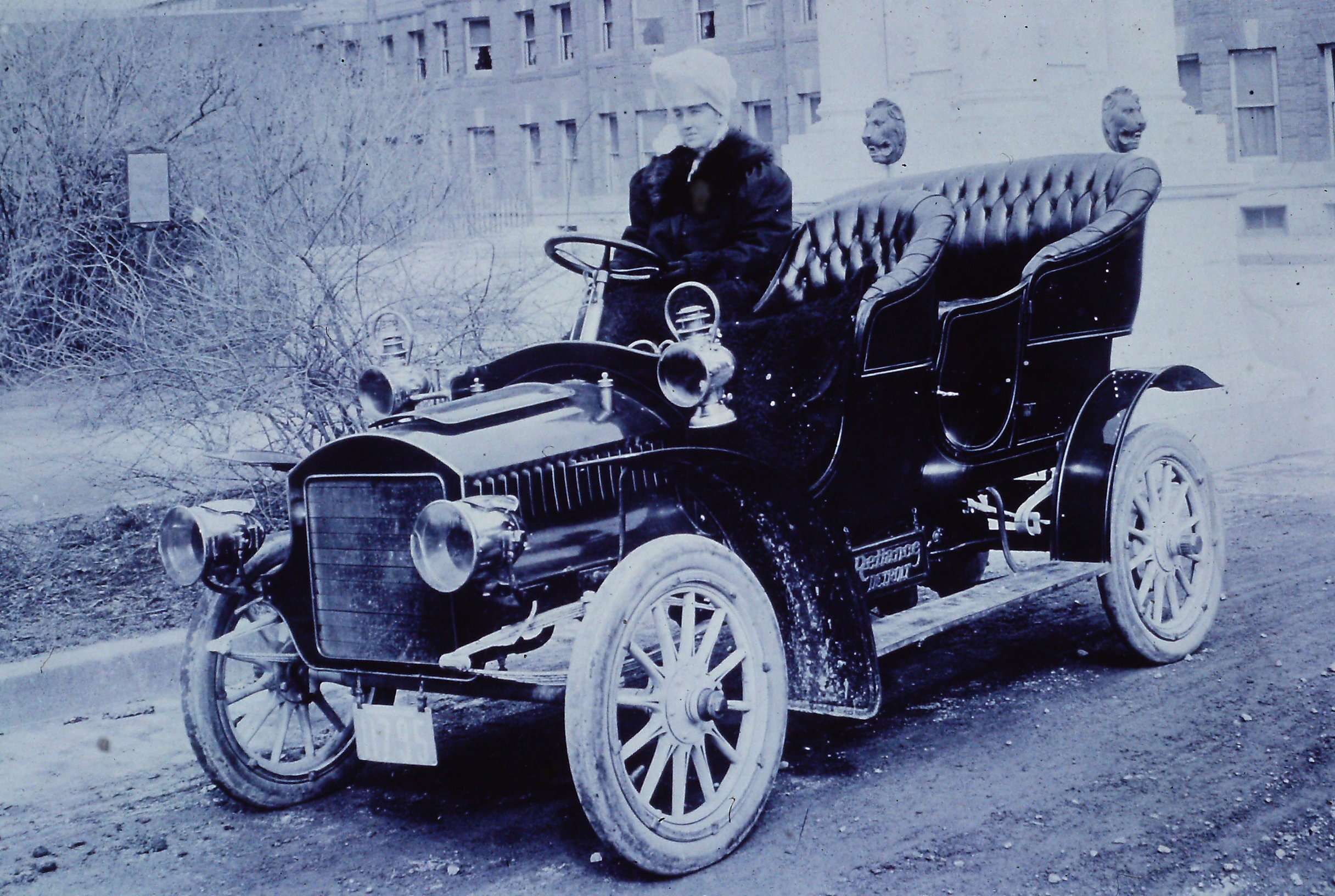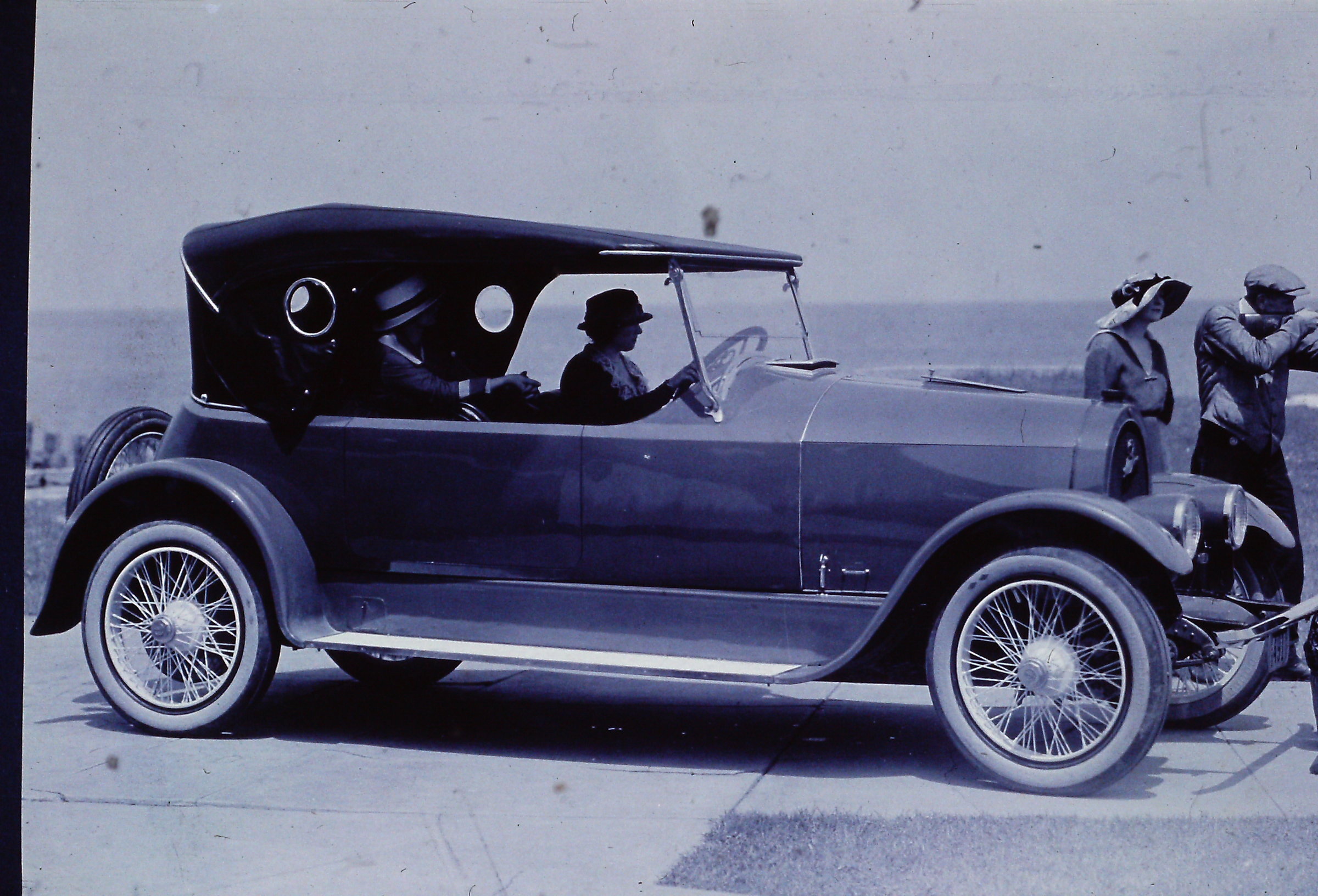Going with … and against … the flow
/Carl Breer and fellow Chrysler engineers initiated a series of wind tunnel tests, in cooperation with Orville Wright – yes, THE Orville Wright one - to study efficient shapes for automotive bodies.
TESLA’S Cybertruck is the latest manifestation of Elon Musk’s eccentric genius and sense of vision.
There is, however, a question. Is a vehicle described by one leading magazine as looking as if were “dropped off by an alien race” a glimpse of the future or was it just a manifestation of eccentricity that with the passing of time will be relegated to historical curiosity?
In 1934, during the depths of the Great Depression, a vehicle that was just as futuristic made its debut and the reviews were even less favorable. And it was also a manifestation of the future as seen through the eyes of a visionary, Walter P. Chrysler.
Carl Breer, along with fellow Chrysler engineers Fred Zeder and Owen Skelton, initiated a series of wind tunnel tests, in cooperation with Orville Wright, to study efficient shapes for automotive bodies. Chrysler had built the wind tunnel at the Highland Park site, an industry first, and tested at least 50 scale models by April 1930. Engineers were not surprised to learn that the industry standard two-box design was aerodynamically inefficient. In fact, they learned that most automobiles were more efficient when turned around backwards.
The engineers also studied numerous models produced by other companies and learned that in most of these vehicles 65 percent of the weight was over the rear wheels. When loaded with passengers, the weight distribution tended to become further imbalanced, rising to 75 percent or more over the rear wheels, resulting in unsafe handling characteristics on slippery roads.
To compensate and create a smoother ride, spring rates were higher in the rear. However, this had a mixed outcome; the weight distribution and seat position subjected rear passengers to a harsher ride on anything but glass smooth highways, a rarity at the time.
Innovative weight distribution on the new Chrysler Airflow provided the car with superior handling dynamics. The engine was moved forward over the front wheels, another innovation, and the rear passenger seating was moved so they were seated in front of instead of over the rear axle. As a result, the weight distribution had approximately 54 percent of the weight over the front wheels, which evened to near 50–50 with front and rear passengers.
As with the Edsel introduced in late 1957, Chrysler launched an extensive promotional and marketing campaign before the public was even given a glimpse of the Airflow. Since this was the first new model of a production car that was designed with engineering focused on aerodynamics, the company launched a publicity stunt in which they reversed the axles and steering gear of a conventional 1933 model.
This allowed the car to be driven “backwards” throughout Detroit. The stunt captured the public’s attention. Related advertising campaigns including print, automotive feature articles and even short films to be shown in theatres called attention to the fact that most cars were more streamlined in the rear than the front. Promotion also hinted that soon Chrysler would introduce the car of the future, a vehicle that would transform the driving experience.
Styling for the Chrysler and DeSoto Airflow was heavily influenced by the then popular streamlining and Art Deco movements that was influencing everything from hotel construction to home radio design, logos, and kitchen appliances.
Apart from costly custom models and special orders from companies such as Duesenberg, Hudson and Packard, and the Czechoslovakian Tatra, there wasn’t a car on the road that compared with the Airflow.
It was sleek and low, the grille presented a smooth, rounded waterfall look, and headlights were built into the fenders rather than in the conventional design of pods on stanchions or on a bar that crossed in front of the radiator. In the rear, Airflow models encased the rear wheels using fender skirts adorned with sedate but noticeable chrome accents.
Instead of the industry standard of a flat panel of glass windshield, on the Airflow two sheets of glass were used in a deeply racked “vee.” All windows used the recently introduced laminated multilayer safety glass. And as with the Cybertruck, in a vehicle debut a professional baseball player pitched a ball into a side glass with dramatic results. While most companies were still using a metal attached to wood framing construction method, the Airflow was built entirely of steel which provided superb structural integrity. Except for the Essex Terraplane, the Airflow also possessed a better power to weight ratio almost every car in production.
Again, just as with the Edsel, the initial models introduced in January, 1934, were plagued with an array of problems, many were resultant of the rush to production and others came about because of the significant manufacturing challenges required to mass produce such a futuristic car. The first Airflows to leave the factory had major defects such as engines that broke loose from their mounts at 80 mph. These problems as well as the resultant bad press, and the unconventional styling kept customers away in droves. Only 6212 units had been produced by May of 1934.
Publicity stunts, including rolling a car off a high embankment and driving the car away when it hit bottom, and having Pawnee Bill shoot out a tire at high speed, expensive marketing campaigns, refinements, and positive reviews were of little avail. The Airflow sold poorly, and in 1937 the company discontinued the model. As an interesting historic footnote many attributes of the Airflow would be incorporated in other models and influence automotive design and engineering for decades to come.
Today the Airflow provides a glimpse of the future as seen from 1934. And for the savvy collector that wants a vintage car that can be driven as a modern car, the Airflow is the best of both worlds.
To read more by Jim Hinckley go to jimhinckleysamerica.com





















